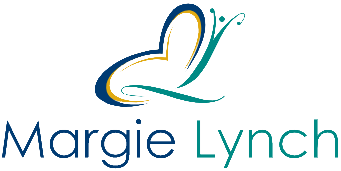Motivation got you started this year. Momentum will get you to the finish line.
James Clear’s research reveals that we overestimate motivation and underestimate systems. When year-end pressure intensifies, willpower fails, but well-designed habits carry you forward.
The Momentum Paradox
Here’s what I’ve learned from coaching leaders: the busier they get, the more they abandon the very practices that sustain their performance. They skip exercise when they need energy most. They eliminate reflection when clarity becomes critical. They work longer hours instead of working more strategically.
The Science of Sustainable Systems
Peak performance happens when challenge matches skill level. During Q4, most professionals increase challenge (more goals, tighter deadlines) without building corresponding systems to support higher performance.
When we view challenges as opportunities to build capability rather than tests of our worth, we maintain energy and resilience under pressure.
The LEAP Forward Approach to Momentum
The most effective year-end systems address four key areas:
- Energy Management: Strategic rest that fuels peak performance
- Focus Architecture: Environmental design that supports deep work
- Progress Tracking: Visual systems that maintain motivation through small wins
- Resilience Building: Recovery practices that prevent burnout
Building Your Q4 Momentum System
Week 1: Energy Foundations
- Establish non-negotiable sleep and movement minimums
- Identify your peak focus hours and protect them
- Create transition rituals between work and personal time
Week 2: Focus Architecture
- Design your environment to support deep work
- Batch similar tasks to reduce context switching
- Implement the “energy before urgency” rule for task prioritization
Week 3: Progress Tracking
- Choose 2-3 key metrics that truly matter for year-end success
- Create visual progress indicators (what gets measured gains momentum)
- Build celebration rituals for small wins along the way
Week 4: Resilience Reserves
- Identify your personal stress signals and intervention strategies
- Create “pressure release” activities that restore energy quickly
- Build support systems before you need them
The Integration Question
The key isn’t adding more to your plate—it’s strategically choosing what stays and what goes. Sustainable change happens through small, consistent actions aligned with your values, not dramatic overhauls.
Action Step: Take my Flourishing Assessment this week. Your results will reveal which area needs immediate attention to sustain you through year-end success.
Next week: We’ll dive into Mel Robbins’ 5-Second Rule and how to maintain decision-making clarity when everything feels urgent.

